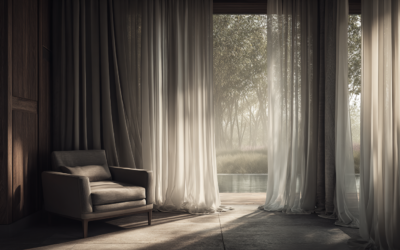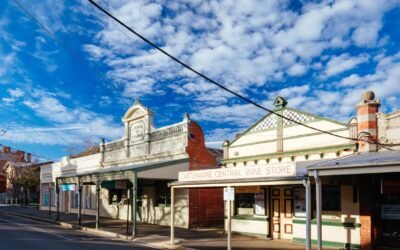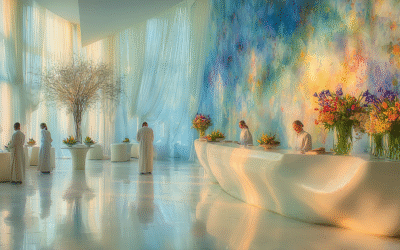The Hydropolis is due to open this month in Dubai. Its will include 220 suites submerged 20m under water, in the middle of the desert.
To enter, visitors will begin at the land station, a 120m woven, semicircular cylinder arching over a multi-storey building. Once at the lowest level, passengers board a noiseless train propelled by a cable to Hydropolis. The upper storeys of the land station house a cosmetic surgery clinic, marine biological research labs and conference facilities. The lower levels of the land station are for staff rooms, goods storage, loading areas and car parks. The land station also includes a restaurant and cinema.
The entire hotel covers 260 hectares and is costing around 300 million pound to construct. The underwater part of the structure is constructed as a figure eight laying on its side and inscribed in a circle. There will be a large petal-like retracting roof which will enable the staging of open-sky events.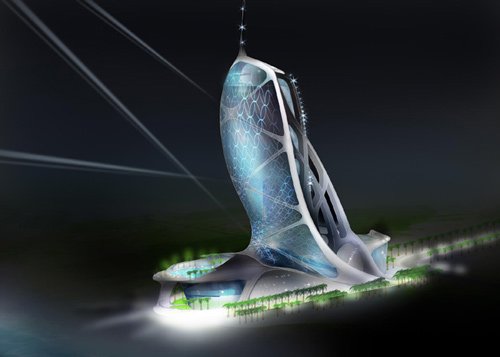

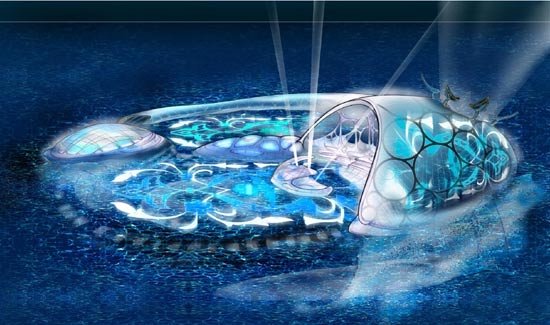
Images from Intelligent Design and Build Innovations
